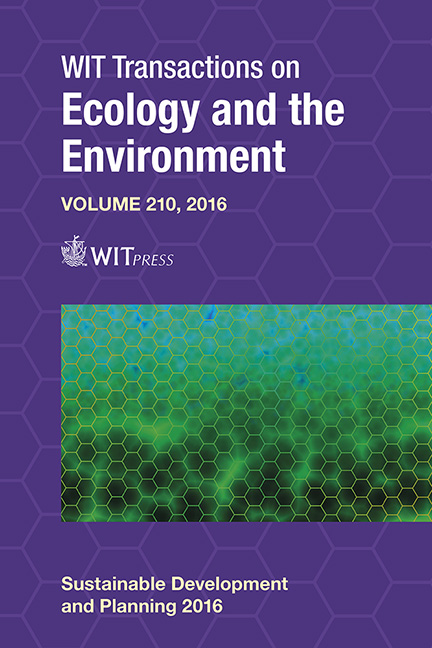The Sustainable Heritage Environment In The Asian Region
Price
Free (open access)
Transaction
Volume
210
Pages
10
Page Range
495 - 504
Published
2017
Size
328 kb
Paper DOI
10.2495/SDP160411
Copyright
WIT Press
Author(s)
S. Y. Said
Abstract
Heritage cities in the Asian region including Malaysia currently face intensified urban problems as a result of rapid population growth, economic development and urbanisation. The government perceives the development of new townships as a solution to disperse population pressure from city centres and to cater for the growing population. However, new towns at the edge of historic cities were sterile, reflected the adaptation of poor urban design guidelines in creating harmony with the historic urban fabric. Many great cities in this region are undergoing this pressure for rapid development. The demolishing of many cultural built heritages is the result of a misunderstanding of the significance of the heritage. Urban conservation, viewed as the most relevant way to sustain historic cities, was to stay relevant and beneficial; historic cities have to catch up with the demand for a modern lifestyle. A good planning method is required to ensure that the old components will stay intact within the current environment. This paper will look at the urban conservation approach in Singapore as the benchmark for urban conservation in the region and compare with measures to protect urban heritage in Malaysia, Indonesia, and Hong Kong. Nonetheless, the differences in the geographical, political, economic and social characteristics of the countries were to be taken into account while analysing and proposing the best practice for urban conservation. Political aspiration, financial ability and social support from the area would determine the possibility of the success to sustain the heritage environment in this region.
Keywords
sustainable heritage, modern lifestyle, urban conservation





